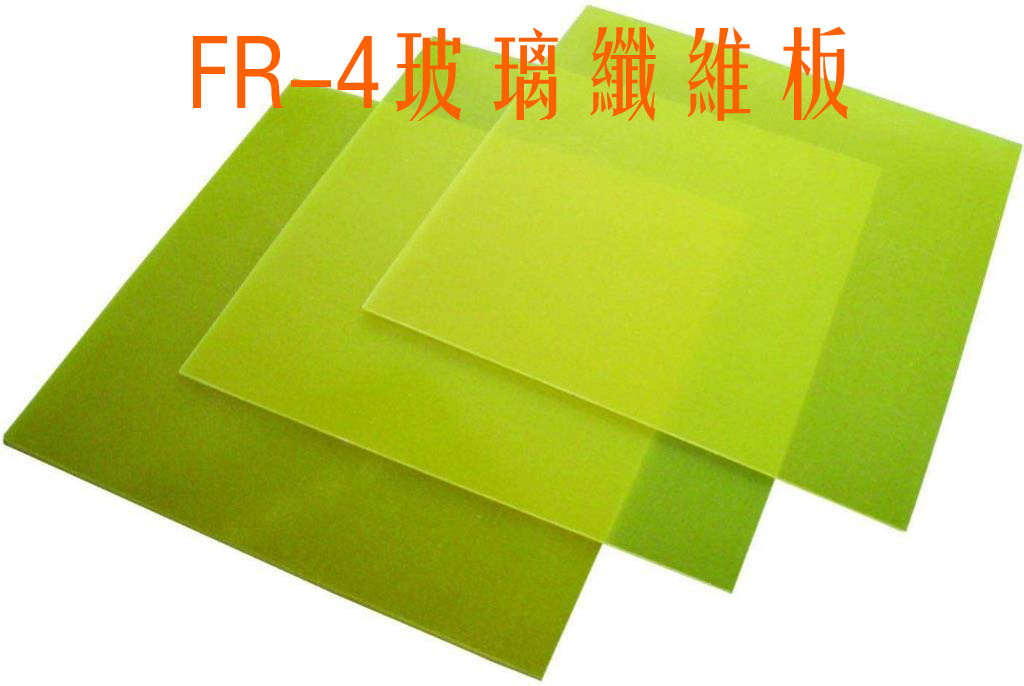FR4 glass fiber board is a composite material made of epoxy resin, filler, and glass fiber. Due to its excellent insulation, corrosion resistance, compression resistance, and multi-layer circuit board manufacturing characteristics, FR4 glass fiber board is widely used in fields such as communication, automotive, medical, industrial control, and safety. According to different materials, fiberglass panels can be divided into semi fiberglass panels and full fiberglass FR4 panels.
According to the different uses used, FR-4 glass fiber board is commonly referred to in the industry as: FR-4 Epoxy Glass Cloth, insulating board, epoxy board, epoxy resin board, brominated epoxy resin board, FR-4, glass fiber board, glass fiber board, FR-4 reinforcement board, FPC reinforcement board, flexible circuit board reinforcement board, FR-4 epoxy resin board, flame retardant insulating board, FR-4 laminate, epoxy board, FR-4 optical board, FR-4 glass fiber board, epoxy glass cloth board, epoxy glass cloth laminate Drill base plate for circuit board.
Main technical features and applications of FR-4 fiberglass board: stable electrical insulation performance, good flatness, smooth surface, no pits, thickness tolerance standards, suitable for applications in high-performance electronic insulation requirements of products, such as FPC reinforcement plate, PCB drilling pad, glass fiber meson, potentiometer carbon film printed fiberglass board, precision planetary gear (chip grinding), precision test plate, electrical (electrical) equipment insulation brace partition, insulation pad Transformer insulation board, motor insulation, grinding gear, electronic switch insulation board, etc.

FR4 glass fiber board
Aluminum substrate is a metal based PCB with high thermal conductivity and good heat dissipation function. Typically, a single panel consists of a three-layer structure, namely a circuit layer (copper foil), an insulation layer, and a metal substrate. For high-end applications, it is also designed as a double-sided board with a structure consisting of a circuit layer, an insulating layer, an aluminum base, an insulating layer, and a circuit layer. Few applications are multilayer boards, which can be formed by bonding ordinary multilayer boards with insulating layers and aluminum substrates.
Application fields of aluminum substrate:
1. Audio equipment: input output amplifier, balance amplifier, audio amplifier, preamplifier, power amplifier, etc.
2. Power supply equipment: switching voltage stabilizer, DC/AC converter, SW voltage stabilizer, etc.
3. Communication electronics: High frequency amplifier "filtering device" transmission circuit.
4. Office automation equipment: motor drive, etc.
5. Automobile: electronic regulator, igniter, power controller, etc.
6. Computer: CPU board, floppy disk machine, power supply device, etc.
7. Power module: converter "solid-state relay" rectifier bridge, etc.
8. Lamps: With the promotion and promotion of energy-saving lamps, various energy-saving and eye-catching LED lamps are popular in the market, and the aluminum substrate used in LED lamps has also begun to be widely used. LED energy-saving lamps usually use LED aluminum substrates, as well as LED televisions. They are mainly used for objects that require thermal conductivity because the higher the LED current, the brighter the light. However, in addition to dead lights, they are afraid of high temperatures and excessive temperatures. Outside the beads, there is light attenuation, and so on.
Pricing of FR4 fiberglass board and aluminum substrate:
1. The thickness of FR4 glass fiber board is 0.2mm (ultra thin), 0.4mm, 0.6mm, 0.8mm, 1.0mm, 1.2mm, 1.6mm, 2.0mm, 3.0mm, 3.2mm. Need explanation. It is an impedance plate and a blind buried through hole plate. The greater the difficulty, the more expensive the price.
2. The thinnest aluminum substrate can be 0.3 thick, with thermal conductivity varying between 1.0 W/m, k. 2.0 W/m.k, and 3.0 W/m.k. The higher the thermal conductivity, the higher the price.
3. The price of a PCB depends on its thickness, process, appearance, and the number of holes. The price of vias or ultra long boards will be appropriately increased. If the appearance is more difficult to make, additional points will be added appropriately.
In general, aluminum substrates are more expensive and cannot be used for via holes.
The above is the difference between FR4 fiberglass board and aluminum substrate that we shared. For more information, please consult us.